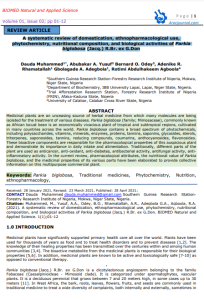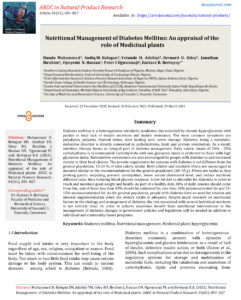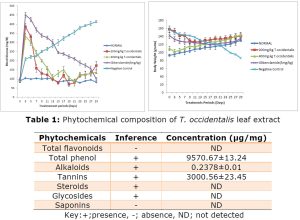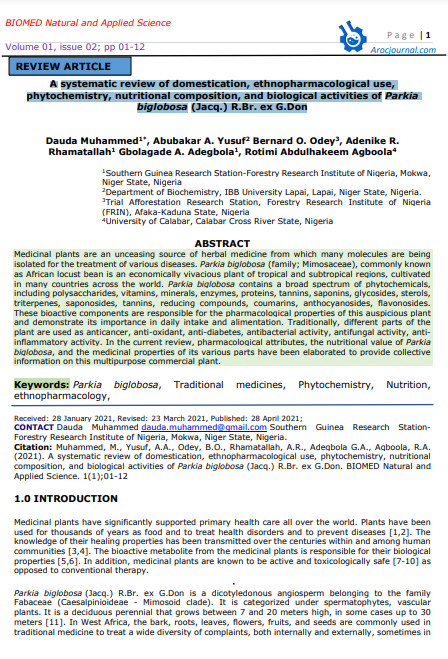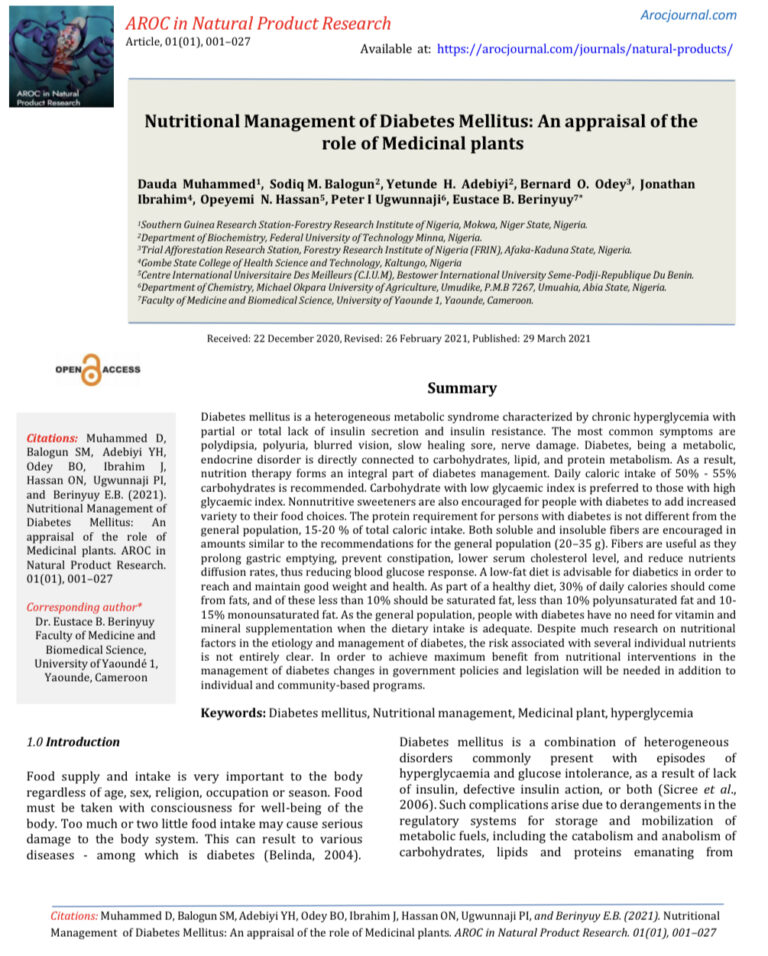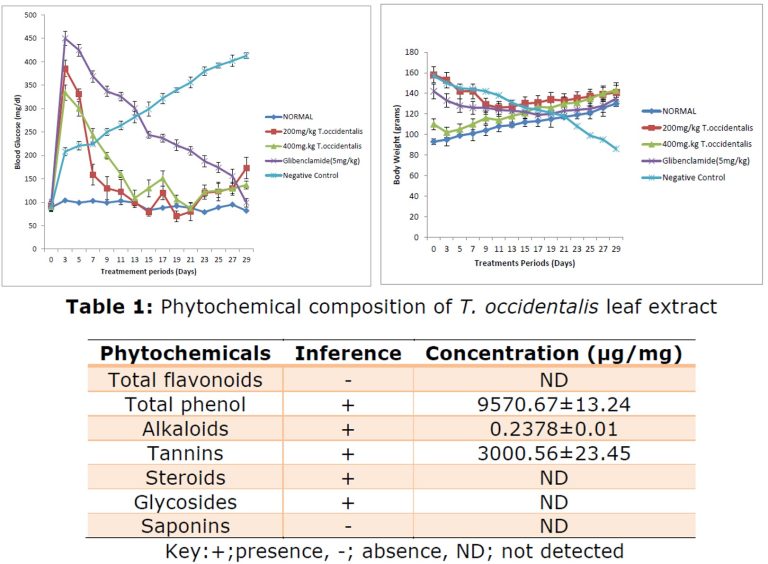Introduction / Body:
1. Background and Context
The inception of the World Wide Web in the early 1990s marked a pivotal moment in digital history, enabling information sharing through static hypertext pages. Early websites relied solely on HTML, CSS, and minimal scripting, providing limited interactivity. These static pages served informational purposes but lacked responsiveness, dynamic content, or interactivity, constraining user engagement.
With the growth of internet accessibility and bandwidth, web development evolved to meet the increasing demands of businesses and users. The introduction of server-side scripting languages such as PHP, ASP.NET, and Python frameworks allowed developers to generate dynamic content in real time. This shift from static to dynamic web pages facilitated user personalization, database integration, and complex e-commerce functionalities, fundamentally transforming the web from a passive information repository to an interactive platform.
2. Current Trends and Challenges
Modern web development is characterized by the emergence of full-stack development, cloud-based architectures, and JavaScript frameworks like React, Angular, and Vue.js. These frameworks enable the creation of highly interactive single-page applications (SPAs) that offer seamless user experiences akin to desktop applications. Concurrently, the adoption of cloud computing platforms such as AWS, Azure, and Google Cloud has streamlined deployment, scalability, and maintenance of web applications.
Despite these advances, developers face challenges including performance optimization, cross-platform compatibility, and cybersecurity threats. The rapid pace of framework evolution also introduces a steep learning curve, necessitating continuous skill development among professionals. Moreover, ensuring accessibility and adhering to web standards remain critical priorities to accommodate a diverse global user base.
3. Technical Analysis and Methodologies
Dynamic web applications rely on a combination of front-end and back-end technologies. Client-side scripting languages (JavaScript, TypeScript) handle user interactions, while server-side frameworks (Node.js, Django, ASP.NET) manage business logic, data storage, and security. RESTful APIs and GraphQL are frequently employed to facilitate efficient data communication between client and server, enhancing responsiveness and scalability.
The rise of Progressive Web Apps (PWAs) demonstrates the convergence of web and mobile technologies. PWAs leverage service workers, web manifests, and caching mechanisms to deliver app-like experiences without requiring traditional app installation, improving performance and engagement. Low-code and no-code platforms further democratize development, allowing non-technical users to build functional applications, thereby accelerating innovation cycles.
4. Case Studies and Real-World Applications
Several high-profile applications exemplify the impact of dynamic web development. For instance, Google Maps integrates real-time geolocation, dynamic content loading, and intuitive UI design to deliver a globally used navigation platform. Similarly, e-commerce giants like Amazon leverage microservices architecture and dynamic web frameworks to provide personalized shopping experiences and maintain high scalability during peak demand periods.
5. Implications and Future Directions
The future of web development is poised to integrate AI-driven development tools, automated testing, and performance optimization frameworks. Emerging technologies such as WebAssembly and edge computing promise to enhance speed, computational efficiency, and interactivity. Furthermore, sustainable web development practices are gaining attention, emphasizing energy-efficient coding and server optimization. Researchers and developers must focus on adaptive architectures, ethical AI integration, and advanced security protocols to address evolving user needs and global digital trends.
Conclusion
Web development has undergone a remarkable transformation from static informational pages to sophisticated dynamic applications. By embracing innovative frameworks, cloud computing, and user-centered design principles, modern developers create interactive, responsive, and high-performance web applications. Continued research and adoption of emerging technologies will define the next era of web development, shaping the digital landscape for decades to come.

